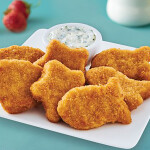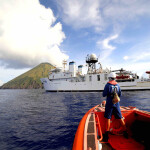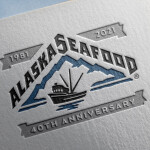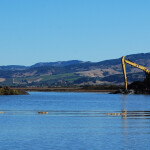Basa/Swai
Published on
January 23, 2014
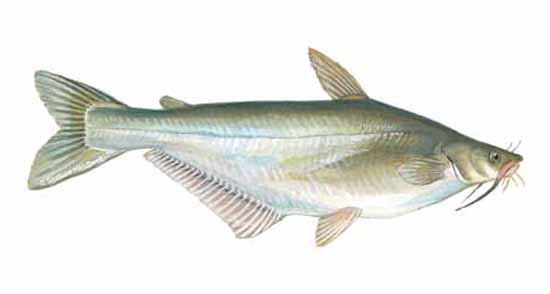
When trade with Vietnam resumed in 1994, U.S. seafood importers started shipping fillets from a Vietnamese catfish called basa, or bocourti. But most of what’s sold in the market today as basa isn’t basa. Real basa, P. bocourti, is one of 21 species in the Pagasiidae family of catfish found throughout Southeast Asia. Cambodian and Vietnamese fish farmers have raised basa in cages along the Mekong River for decades. But P. hypophthalmus, or swai, known locally as tra, has become the preferred farmed species. Inferior to basa, but faster and cheaper to raise, swai has been marketed as China sole, river cobbler and even basa, adding to the confusion of unwary buyers. Also labeled catfish, it was eagerly accepted as a cheap alternative to the farmed U.S. species. But such labeling is no longer allowed, following a Food and Drug Administration ruling that only species from the family Ictaluridae can be sold as true catfish.
Pangasius bocourti; P. hypophthalmus
Basa, bocourti, bocourti fish; swai
Basa, basa catfish; swai, tra, Vietnamese catfish
Poisson-chat du Mékong
Haiwels
N/A
N/A
N/A
When trade with Vietnam resumed in 1994, U.S. seafood importers started shipping fillets from a Vietnamese catfish called basa, or bocourti. But most of what’s sold in the market today as basa isn’t basa. Real basa, P. bocourti, is one of 21 species in the Pagasiidae family of catfish found throughout Southeast Asia. Cambodian and Vietnamese fish farmers have raised basa in cages along the Mekong River for decades. But P. hypophthalmus, or swai, known locally as tra, has become the preferred farmed species. Inferior to basa, but faster and cheaper to raise, swai has been marketed as China sole, river cobbler and even basa, adding to the confusion of unwary buyers. Also labeled catfish, it was eagerly accepted as a cheap alternative to the farmed U.S. species. But such labeling is no longer allowed, following a Food and Drug Administration ruling that only species from the family Ictaluridae can be sold as true catfish.
Basa is a tasty fish, with a delicate texture and nice white flesh. The fast-flowing waters of the Mekong give the meat a clean, fresh flavor. Tra tends to be coarser and more grainy than true basa.You can tell true basa from tra by appearance. Basa fillets are whiter than tra fillets, which are usually more of a beige color. Tra fillets are also thinner than basa fillets.
| Calories: | 90 |
| Fat Calories: | 36 |
| Total Fat: | 4 g |
| Saturated Fat: | 1.5 g |
| Cholesterol: | 45 mg |
| Sodium: | 50 mg |
| Protein: | 13 g |
| Omega 3: | N/A |
Basa is a versatile fish whose flesh is mild enough to take on other flavors but flavorful enough to hold its own in simple preparations. It remains moist during cooking. Whether to go with true basa or cheaper tra fillets depends on the application. If you want a fish you can bread and fry for a buffet line, for example, go with the less expensive tra. But if you want to showcase an exotic yet still-affordable fish, give the real basa a try.
Channel catfish, Lake whitefish
- Bake
- Boil
- Broil
- Fry
- Grill
- Pate
- Poach
- Saute
- Smoke
- Steam
Fresh: Fillets (skinless/boneless)
Frozen: Fillets (skinless/boneless)
Value-added: Portions, Strips, Breaded
Vietnam

